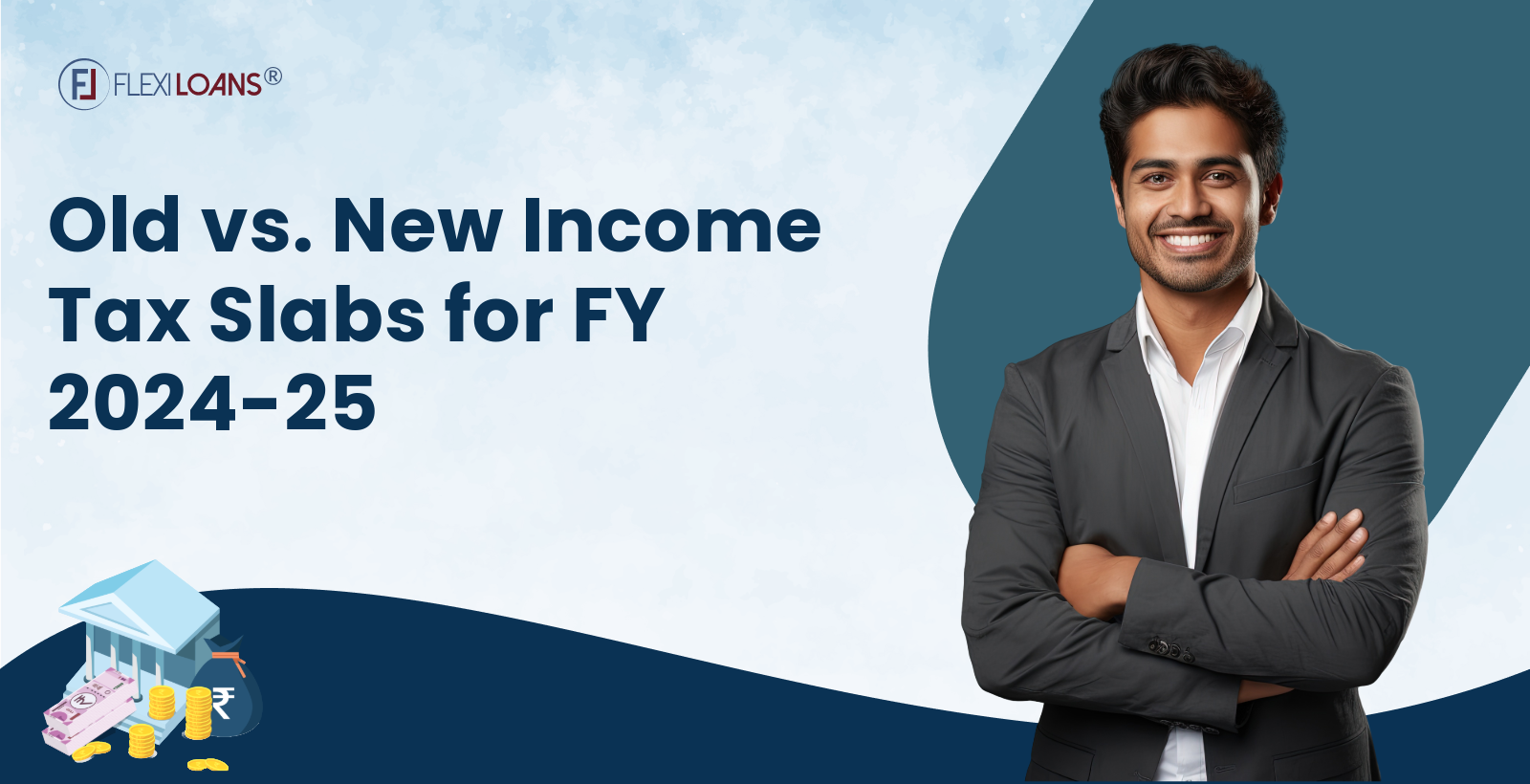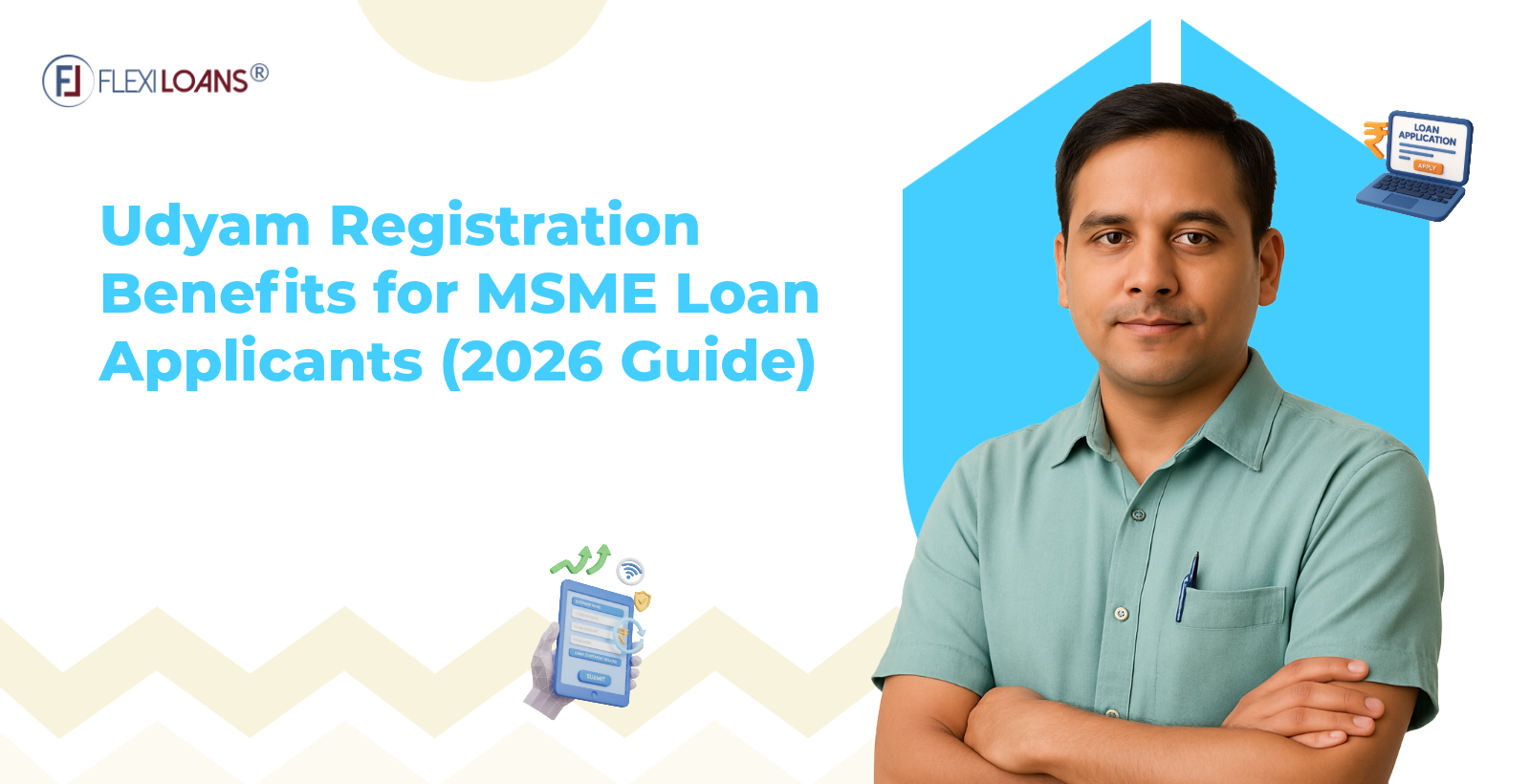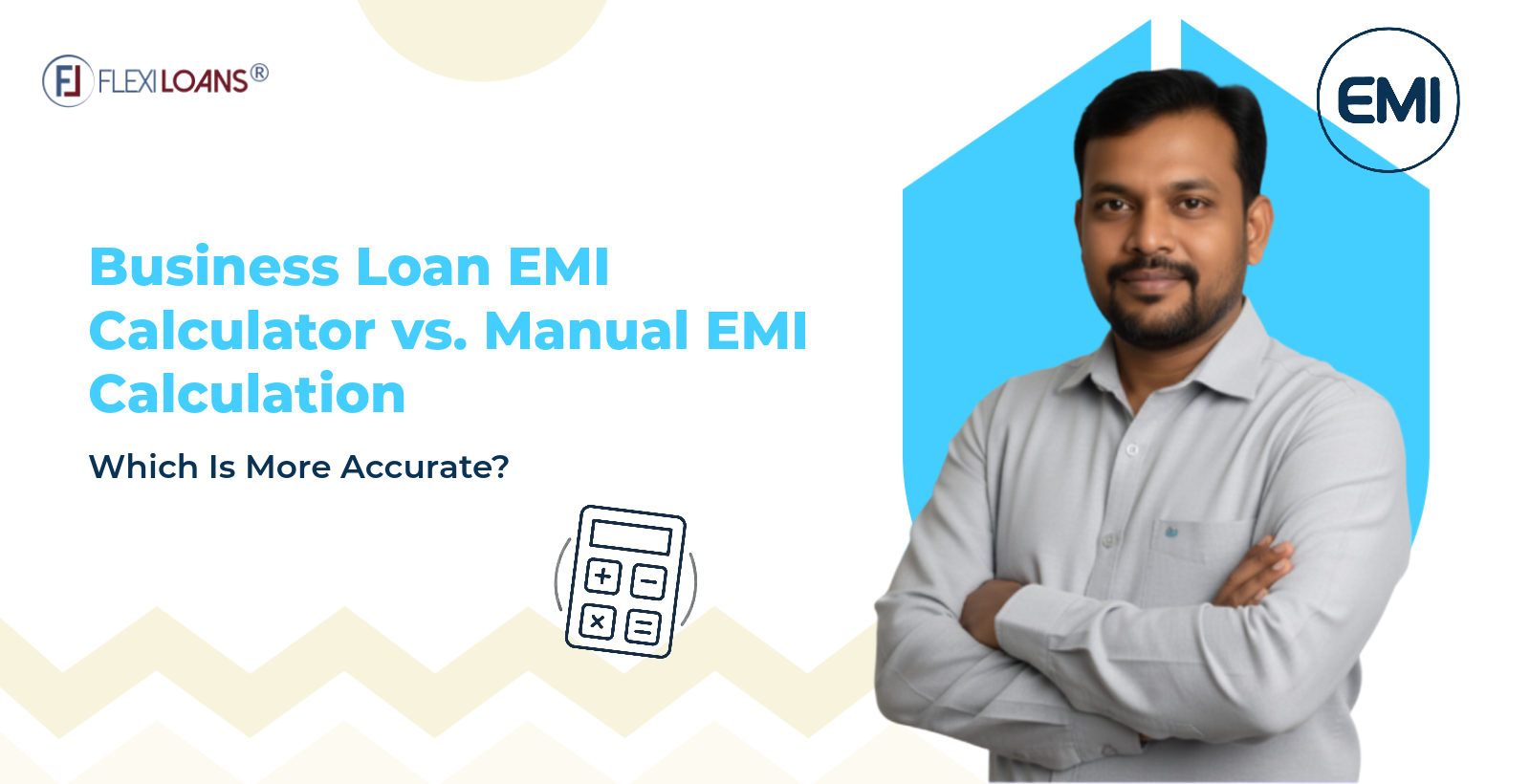Dec 21, 2024
Dec 01, 2025

Each year, the Indian government unveils its budget, which outlines various economic policies and taxpayer relief measures. Among the budget’s critical components are the income tax slabs, which dictate the amount of tax individuals owe on their income. As of January 17, 2025, the Indian tax landscape has undergone significant changes in the fiscal year 2024-25. This update reflects the latest figures and adjustments while maintaining the core content from previous discussions on the old and new tax regimes.
Understanding the New and Old Tax Regimes
The 2024 Budget, presented by Finance Minister Nirmala Sitharaman, has introduced several modifications to the tax structure, continuing the debate between the old and new tax regimes. Here are the key updates:
New Tax Regime
- Higher Tax Rebate Limit: The income threshold for tax-free earnings has been raised to ₹7.5 lakhs, up from ₹7 lakhs.
- Streamlined Tax Slabs: The new tax regime continues to simplify tax rates.
- Standard Deduction: Remains at ₹50,000, ensuring that individuals can still enjoy a tax-free income of ₹8 lakhs.
- Reduced Surcharge: The surcharge for income over ₹5 crores remains at 25%.
- Leave Encashment Exemption: Continues at ₹25 lakhs for non-government employees.
- Default Option: The new regime remains the default option for taxpayers, with an annual choice to switch.
Old Tax Regime
The old tax regime still offers numerous exemptions and deductions, including those under Section 80C. Taxpayers can choose between these two regimes based on their financial situation.
So if you like simple tax planning, go for the new regime. But if you are ready to tackle complex tax rules to maximise savings, compare both regimes before deciding.
Difference Between New Regime and Old Regime
Here is a simple comparison between the old and new tax slabs:
| Tax Slab for FY 2023-24 | Tax Rate | Tax Slab for FY 2024-25 | Tax Rate |
| Upto ₹ 3 lakh | 0% | Upto ₹ 3 lakh | 0% |
| ₹ 3 lakh – ₹ 6 lakh | 5% | ₹ 3 lakh – ₹ 7 lakh | 5% |
| ₹ 6 lakh – ₹ 9 lakh | 10% | ₹ 7 lakh – ₹ 10 lakh | 10% |
| ₹ 9 lakh – ₹ 12 lakh | 15% | ₹ 10 lakh – ₹ 12 lakh | 15% |
| ₹ 12 lakh – ₹ 15 lakh | 20% | ₹ 12 lakh – ₹ 15 lakh | 20% |
| More than 15 lakh | 30% | More than 15 lakh | 30% |
- The new regime maintains lower rates across various slabs while eliminating many exemptions, making it simpler for taxpayers.
Comparison of old and new income tax regimes
Taxpayers must evaluate their financial circumstances to determine which regime is more beneficial:
- No Investments or Deductions: The new regime is likely more advantageous due to lower rates.
- Investments and Deductions: The old regime may be preferable if significant deductions are available.
- Higher Income Bracket: Those earning above ₹20 lakhs should consider sticking with the old regime to avoid higher taxes.
- Lower Income Bracket: For incomes below ₹7.5 lakhs, the new regime remains beneficial.
Old vs new tax regime: Which income tax regime is better?
Choosing between the old and new income tax regimes can be complex due to the intricacies of Indian tax laws. However, this guide simplifies the decision-making process by outlining key considerations and scenarios based on the latest updates for the fiscal year 2024-25.
Steps to Make Your Decision
- Calculate Your Exemptions: Identify the exemptions applicable to you. For example, if you pay rent, you can claim House Rent Allowance (HRA) under the old regime. Note that most exemptions will not apply under the new regime, but both regimes allow a Standard Deduction of ₹75,000.
- Consider Deductions: The old regime permits deductions under Section 80C, home loan interest, and more, which can significantly lower your taxable income. In contrast, the new regime does not allow these deductions.
- Combine Exemptions and Deductions: Subtract your total exemptions and deductions from your gross salary to determine your taxable income. This calculation will help you decide which regime may be more beneficial for you.
- Use an Income Tax Calculator: Alternatively, utilizing an Income Tax Calculator can provide a clearer comparison of your tax liabilities under both regimes.
Scenarios Impacting Tax Liability
Scenario 1: No Investments and Deductions
If you have no investments or deductions, the new tax regime is generally more favorable due to its lower tax rates. For instance, individuals earning up to ₹7 lakh can effectively pay no tax due to the rebate under Section 87A.
Scenario 2: Investments and Deductions
For those with significant investments and deductions, sticking with the old tax regime is advisable. The ability to claim exemptions like HRA, LTA, and medical insurance can lead to a lower taxable income compared to the new regime.
Scenario 3: Higher Income Bracket
If your income exceeds ₹20 lakh, it is advisable to remain in the old tax regime. The old regime caps the maximum tax rate at 30%, while the new regime introduces a higher slab with a 35% rate for incomes above ₹20 lakh.
Scenario 4: Lower Income Bracket
For individuals earning less than ₹5 lakh annually, the new tax regime is advantageous as it offers lower rates and allows for greater savings compared to the old regime.
Tax on Long-Term Capital Gains (LTCG)
For investments in shares or mutual funds yielding long-term capital gains, consider that under the old regime, LTCG over ₹1 lakh incurs a 10% tax. The new regime applies a flat 10% without any threshold. If your gains are substantial, remaining in the old regime may be beneficial.
Tax on Dividends
When receiving dividends from shares or mutual funds, note that under both regimes, dividends are taxed at a 10% rate for amounts exceeding ₹5,000 annually. If dividends form a significant part of your income, consider retaining the old tax structure.
Ultimately, your choice between the old and new tax regimes should depend on your financial situation—specifically regarding exemptions and deductions available to you. The government has made strides in making the new regime attractive; however, many taxpayers still find value in retaining elements of the old system. As of January 2025, approximately 72% of taxpayers have opted for the new tax regime due to its simplicity and lower rates. By evaluating these factors carefully, you can make an informed decision that aligns with your financial goals for FY 2024-25.
Accelerate your business goals with FlexiLoans’ tax-saving business loans!
At FlexiLoans, we eliminate funding worries and allow businesses to focus on their goals. As a leading digital lending platform, we provide tailored business loan solutions with a seamless application process and fast disbursements. Track your tax refund and unlock financial benefits with ease. Take your business to new heights by applying for a business loan with Flexiloans and benefit from tax deductions on interest paid and expenses. Discover our quick business loan options and kickstart your application on the FlexiLoans website today!
Income Tax FY 2024-25 FAQs
No, salaried individuals can choose between both regimes. However, this choice does not apply to business owners filing returns for their businesses. To determine which tax structure is more advantageous for you, please refer to our examples.
To calculate the Income Tax, one must refer to an individual’s income, and follow the Income Tax Slab. These slab rates, which usually change with each budget, are also applicable depending on the individual’s age: Normal Citizens (up to 60 years old), Senior Citizens (60-80 years old), and Super Senior Citizens (above 80 years old).
Section 87A of the Income Tax Act of 1961, introduced in the Finance Act of 2013, grants tax rebates to individuals whose income is below Rs 5,00,000 while residing in India. Those with a taxable income of less than Rs 5 lakh can claim a full tax rebate. This rebate is exclusive to individuals and is calculated before applying the 4% health and education cess.
The deadline for filing returns remains July 31.
The Government collects taxes through three main methods:
a. Voluntary payments made by taxpayers through designated Banks (e.g., Advance Tax and Self-Assessment Tax payments).
b. Taxes deducted at source (TDS).
c. Taxes collected at source (TCS).
The tax paid by companies on their income is referred to as corporate tax. The challan refers to it as “Income-tax on Companies (Corporation tax)-0020.” For non-corporate assessees, the term “Income-tax (other than Companies)-0021” is used for tax payments.
Yes, the income tax slabs for the Assessment Year (AY) 2024-25 under the new tax regime are the same for all taxpayers, regardless of age.
The basic exemption limit is set at ₹3 lakh for all individual taxpayers under the new regime. Additionally, a tax rebate under Section 87A allows individuals with a taxable income of up to ₹7 lakh to pay no tax. This structure applies uniformly across all age groups—there are no special slabs for senior or super senior citizens in the new tax regime . In contrast, the old tax regime does have different exemption limits based on age: senior citizens (60 years and above) have a higher exemption limit of ₹3 lakh and super senior citizens (80 years and above) have an exemption limit of ₹5 lakh. However, these distinctions do not apply in the new regime.
For an income of ₹7 lakhs, the new tax regime is more beneficial as it results in zero tax liability due to the rebate under Section 87A.
For an income of ₹10 lakhs, the new tax regime also proves advantageous with a total tax liability of ₹50,000, compared to ₹1,12,500 under the old regime.
You are allowed to make a switch in tax regimes just once during your lifetime. To do so, you must submit an application using the prescribed Form 10IE on or before the deadline for filing your income tax return as specified in Section 139 (1) of the Act.
For a salary of ₹15 lakhs, the new tax regime results in a total tax liability of ₹1,45,600, while the old tax regime results in a significantly higher liability of ₹2,73,000.
For a salary of ₹20 lakhs, the total tax liability is:
New Tax Regime: ₹3,01,600
Old Tax Regime: ₹4,29,000
The new tax regime is more suitable for an income of ₹20 lakhs, as it results in a significantly lower tax liability compared to the old regime.
For an individual earning a salary of ₹15 lakhs, the total tax liability under the new tax regime would be approximately ₹1,45,600, which includes the applicable cess. There are no additional taxes or penalties specifically associated with this income level beyond standard income tax and cess unless compliance issues arise.
Latest news on income tax old regime vs new regime:
- Income Tax Exemption for Lower Incomes:
Finance Minister Nirmala Sitharaman has confirmed that under the new tax regime, individuals earning up to ₹7.27 lakh per annum will be exempt from income tax. This decision aims to provide relief to the middle class and address concerns for those earning slightly above ₹7 lakh. Tax liability begins only when income exceeds ₹7.27 lakh, with a break-even point set at ₹27,000. - Adoption of the New Tax Regime:
Approximately 5.5 crore taxpayers have opted for the new tax regime introduced in the current financial year. According to government estimates, most of these taxpayers report a taxable income of up to ₹7 lakh, benefiting from the tax rebate under Section 87A, which allows them to pay no tax. - Comparison of Tax Rates:
The income tax slabs for FY 2024-25 (AY 2025-26) remain unchanged for both regimes:- New Tax Regime:
- Up to ₹3 lakh: 0%
- ₹3 lakh to ₹7 lakh: 5%
- ₹7 lakh to ₹10 lakh: 10%
- ₹10 lakh to ₹12 lakh: 15%
- ₹12 lakh to ₹15 lakh: 20%
- Above ₹15 lakh: 30%
- Old Tax Regime:
- Up to ₹2.5 lakh: 0%
- ₹2.5 lakh to ₹5 lakh: 5%
- ₹5 lakh to ₹10 lakh: 20%
- Above ₹10 lakh: 30%
- New Tax Regime:
- Changes in the New Tax Regime:
Recent updates include an increase in the standard deduction limit from ₹50,000 to ₹75,000, benefiting salaried individuals and pensioners. Additionally, the deduction for employer contributions to National Pension Scheme (NPS) accounts has been raised from 10% to 14%, allowing employees to save more on taxes. - Surcharge Rates:
The highest surcharge rate under the new tax regime is capped at 25% for individuals earning above ₹2 crore, while the old regime has a maximum surcharge of 37% for incomes exceeding this threshold.
Deprecated: Function get_the_author was called with an argument that is deprecated since version 2.1.0 with no alternative available. in /var/www/html/wordpress/flexiloans.com/blog/wp-includes/functions.php on line 6114
Deprecated: Function get_the_author was called with an argument that is deprecated since version 2.1.0 with no alternative available. in /var/www/html/wordpress/flexiloans.com/blog/wp-includes/functions.php on line 6114







